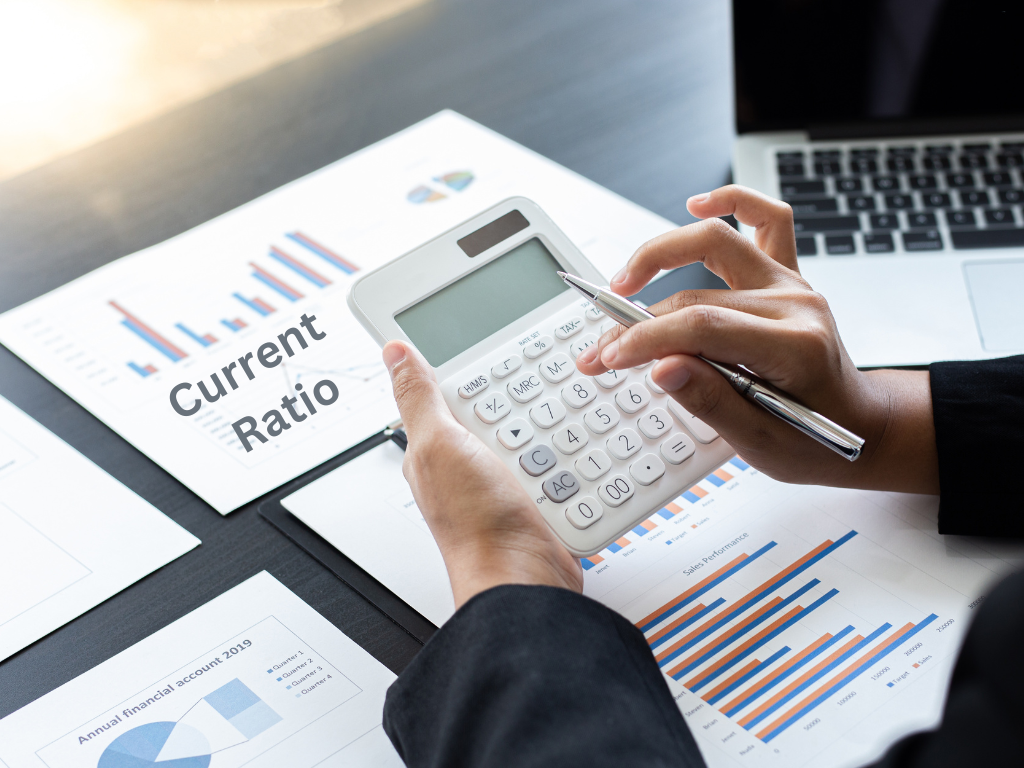
Therefore, understanding a company’s seasonality is crucial when evaluating its current ratio. The current ratio does not provide information about a company’s cash flow, which is critical for assessing its ability to pay its debts as they become due. The current ratio can also provide insight into a company’s growth opportunities. A high current ratio may indicate that a company has excess cash that can be used to invest in future growth opportunities. In contrast, a low current ratio may indicate that a company needs to improve its liquidity before pursuing growth opportunities. As a general rule of thumb, a current ratio between 1.2 and 2 is considered good.
Suppose we’re tasked with analyzing the liquidity of a company with the following balance sheet data in Year 1. A higher current ratio indicates strong solvency position of the entity in question and is, therefore, considered better. The prevailing view of what constitutes a «good» ratio has been changing in recent years, as more companies have looked to the future rather than just the current moment. Some lenders and investors have been looking for a 2-3 ratio, while others have said 1 to 1 is good enough.
Current liabilities are obligations that are due to be paid within one year. Examples of current liabilities include accounts payable, short-term loans, and wages payable. A high current ratio, on the other hand, may indicate inefficient use of assets, or a company that’s hanging on to excess cash instead of reinvesting it in growing the business. Generally, it is agreed that a current ratio of less than 1.0 may indicate insolvency.
Current assets (also called short-term assets) are cash or any other asset that will be converted to cash within one year. You can find them on the balance sheet, alongside all of your business’s other assets. The simple intuition that stands behind the current ratio is that the company’s ability to fulfill its obligations depends on the value of its current assets. Investors often use the Current Ratio to gauge a company’s financial stability and its ability to weather economic downturns. A strong Current Ratio can instill confidence in potential investors, but it should be evaluated alongside other financial metrics and the company’s specific circumstances. Industries with predictable, recurring revenue, such as consumer goods, often have lower current ratios while cyclical industries, such as construction, have high current ratios.
These calculations are fairly advanced, and you probably won’t need to perform them for your business, but if you’re curious, you can read more about the current cash debt coverage ratio and the CCC. You can find them on your company’s balance sheet, alongside all of your other liabilities. These include cash and short-term securities that your business can quickly sell and convert into cash, like treasury bills, short-term government bonds, and money market funds. Understanding the Current Ratio empowers investors and analysts to make informed decisions, enabling them to navigate the intricate world of finance with confidence. Whether you’re a seasoned pro or a newcomer to the world of investing, grasping the essentials of the Current Ratio is a critical step toward financial acumen. Note the growing A/R balance and inventory balance require further diligence, as the A/R growth could be from the inability to collect cash payments from credit sales.

Both variables are shown on the balance sheet (statement of financial position). Seasonality is normally seen in seasonal commodity-related businesses where raw materials like sugar, wheat, etc., are required. Such purchases are done annually, depending on availability, and are consumed throughout the year.
One limitation of the current ratio emerges when using it to compare different companies with one another. Businesses differ substantially among industries; comparing the current ratios of companies across different industries may not lead to productive insight. If all current liabilities of Apple had been immediately due at the end of 2021, the company could have paid all of its bills without leveraging long-term assets.
The current ratio relates the current assets of the business to its current liabilities. The current ratio or working capital ratio is a ratio of current assets to current liabilities within a business. If a company’s current ratio is less than one, it may positive and negative reviews have more bills to pay than easily accessible resources to pay those bills. The current liabilities of Company A and Company B are also very different. Company A has more accounts payable, while Company B has a greater amount in short-term notes payable.
1win Apk Côte D'ivoire Télécharger Gratuit Pour Android Os E Ios1win Apk Côte-divoire Télécharger Lapplication En...
For users who value aesthetics, performance, and customization, the Boutiq Switch V3 is a must-try. Whether you’re...
Sweet Bonanza Ücretsiz Demo Sürümünü OynayınPragmatic Play'den Fairly Sweet Bonanza Demosunu OynayınContentSweet...
Casino Has Always Already Been About More Than The Fluorescents Vegas LightsLawsuit Filed Over Measure Given The Green...